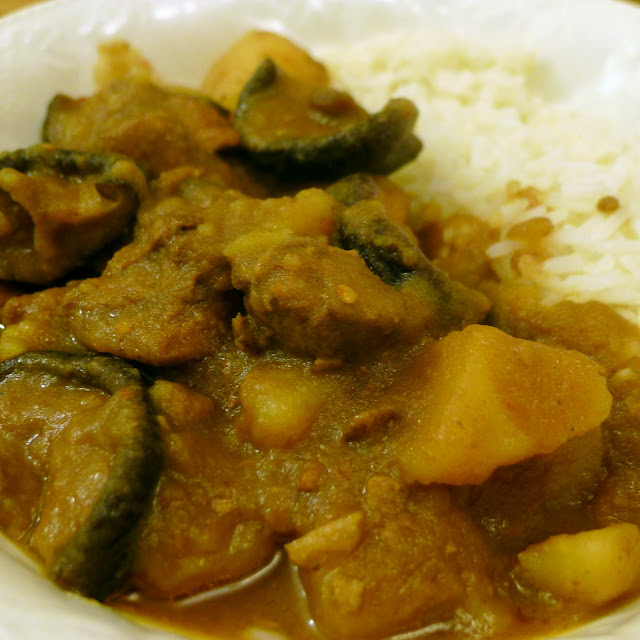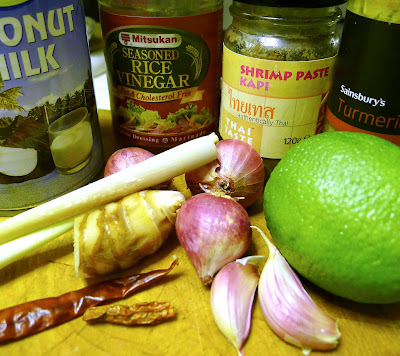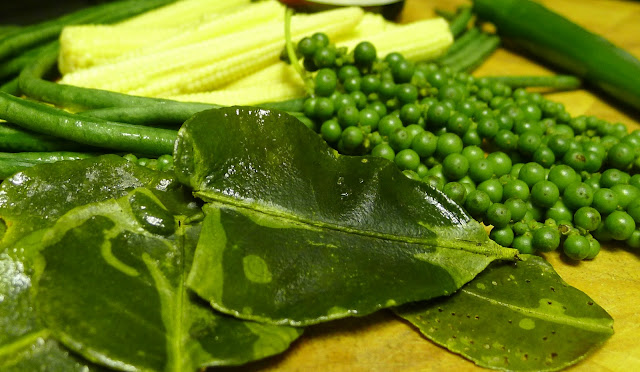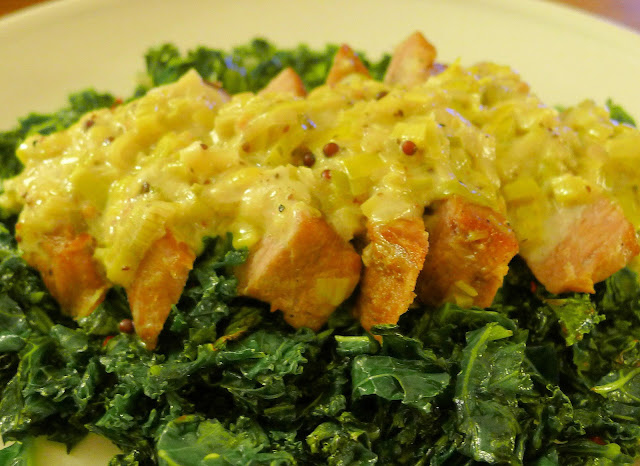Dried pulses do of course have the added benefit of being cheap and generally speaking have a slightly better flavour and texture than tinned. But saying that, they also require a lot more work what with all the pre-soaking and then boiling and whatnot. This though I wanted for a lunchtime meal and as it happens is a Nigel Slater recipe who says to use tinned, so good job all round.
I have, when I am in my permanent abode, dozens and dozens of cook books as well as hundreds of pages of recipes clipped from magazines, free recipe cards and the like. In my temporary South East London kitchen I brought just the nine books with me, the rest being stored in a friend’s basement - this saddens me. But I do also have a virtual stack of bookmarked recipes and food blogs including tonnes of “clipped” Guardian website ones, where of course I came across a clipping (from two years ago) of a great selection of Nigel Slater pulses recipes (another of which to come soon) including the one here.
The aroma from the onions being slowly softened with the cinnamon (or in my case cassia, as my remaining cinnamon stick disintegrated into a million shards when I tried to break it in two) is absolutely heavenly and the final dish is warming, fragrant and satisfying. This would serve more as part of a mezze platter but I greedily wanted a bowl to myself with a warmed pitta, dollop of yoghurt and sprinkling of grated mature cheddar.
Cannellini beans with cinnamon and tomatoes
Serves 2
1 tbsp olive oil
1 onion, peeled, halved and very finely sliced
1 cinnamon stick, broken in two
1 bay leaf
2 cloves garlic, peeled and finely sliced
1 400g tin cannellini beans, drained and rinsed
weak chicken stock (about 200ml)
½ tsp chilli flakes
small (200g) tinned chopped tomatoes
¼ tsp sugar
40g black olives, stoned and roughly chopped
juice of ½ lemon
1 small handful parsley, tough stalks removed, coarsely chopped
1 small handful coriander, tough stalks removed, coarsely chopped
Salt and freshly ground black pepper
Yoghurt & grated cheese, to serve
Add the beans and then just enough stock to barely cover the beans. Simmer for 10 minutes, then add the chilli flakes, tomatoes, sugar and olives, and continue to simmer uncovered for 15 minutes, stirring occasionally, until the tomatoes have thickened into a rich sauce.
Serve with a little yoghurt dolloped over the top and perhaps a sprinkling of grated with warm pitta breads on the side.







.JPG)


.JPG)







































